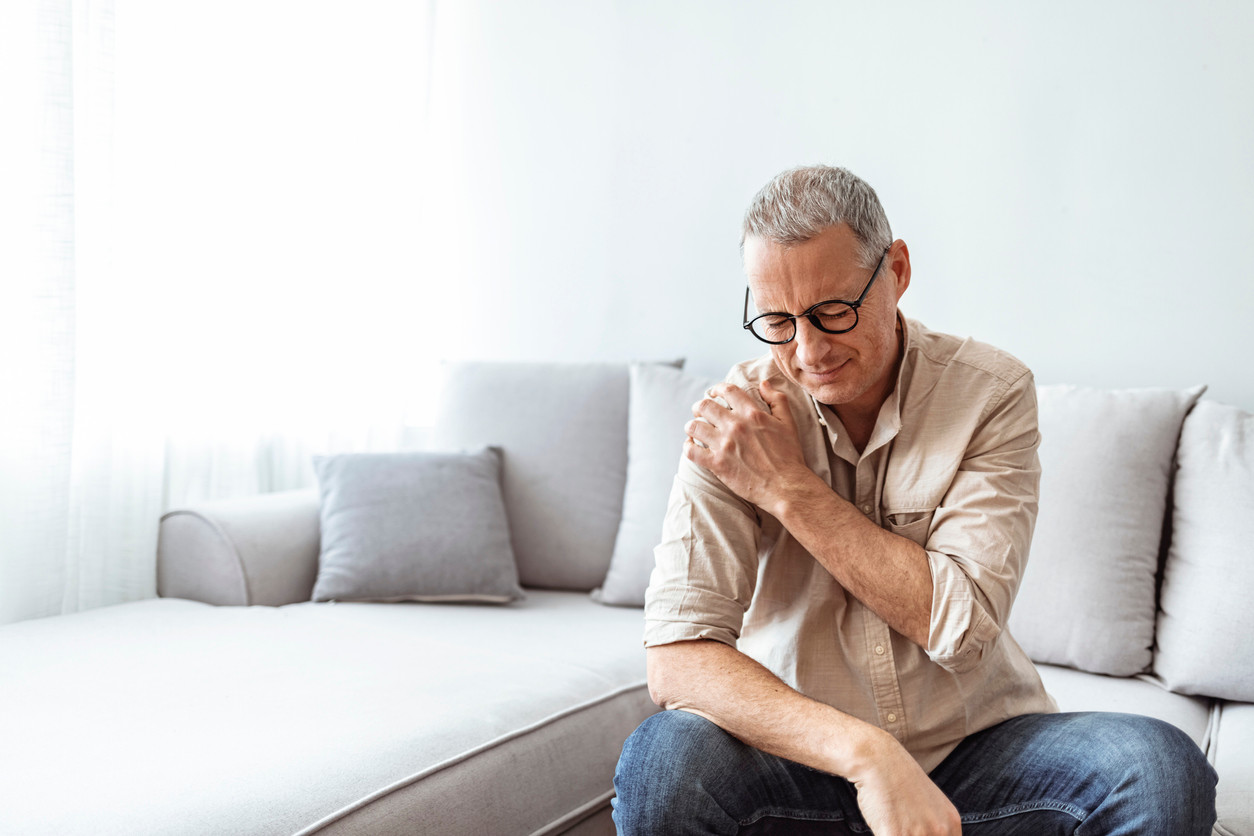Tratamiento de la bursitis de hombro: consejos y ejercicios para el dolor y la movilidad
Descubra opciones efectivas de tratamiento para la bursitis de hombro, incluidos los ejercicios de fisioterapeuta para aliviar el dolor y mejorar la movilidad.
$0 costo para usted
Fecha de Publicación: Aug 23, 2024
El índice
Fully covered arm or shoulder pain relief
Find relief from arm pain, shoulder pain, pinched nerves, & more.
Check if I'm eligible